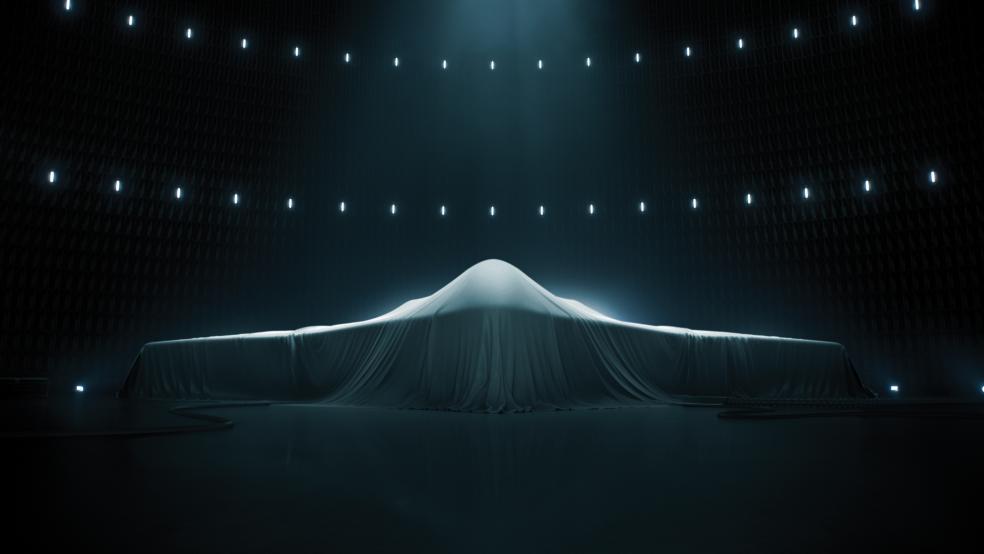After years of secret development, the Air Force is set to unveil its first new bomber in more than three decades, the B-21 Raider.
The first sixth-generation fighter jet, the B-21 is being called “the world’s most advanced strike aircraft” by its manufacturer, Northrup Grumman. The Defense Department has said it “will be the most capable bomber the world has ever seen.”
“The B-21 is a long-range, highly survivable, penetrating strike stealth bomber that will incrementally replace the B-1 and B-2 bombers, becoming the backbone of the U.S. Air Force bomber fleet,” reads a note on the Edwards Air Force Base YouTube page, where the unveiling event, hosted by Northrup in Palmdale, California, will be livestreamed at 8 p.m. ET.
The bomber can deliver both conventional and nuclear payloads, with or without a human crew.
What they look like: Almost every aspect of the stealth nuclear bomber program is classified, the Associated Press reports, and only artists' renderings of the plane have been released. Based on those images, the B-21 resembles a slightly smaller version of the B-2 bomber it is meant to replace.
Northrup says that the similarities end once you look beyond the external design. The new bombers have been built with an open architecture that Northrup says will allow for future software upgrades and hardware flexibility that will enable the planes to be used for decades.
Northrup said this week that six B-21s are in various stages of assembly and testing at its Palmdale plant. The jet’s first flight is expected to take place next year. The B-21 team includes more than 8,000 people — and more than 400 suppliers across 40 states.
What they cost: The Air Force planned to buy 100 of the planes, at least, and each of the bombers “was projected to cost approximately $550 million each in 2010 dollars, or about $750 million in today's inflation-adjusted dollars,” Reuters reports.
But those are just projections, and it’s unclear what the Air Force is actually spending, the AP notes. "It might be a big challenge for us to do our normal analysis of a major program like this," Dan Grazier, a senior defense policy fellow at the Project on Government Oversight, told the news service. "It's easy to say that the B-21 is still on schedule before it actually flies. Because it's only when one of these programs goes into the actual testing phase when real problems are discovered. And so that's the point when schedules really start to slip and costs really start to rise."
The Defense Department’s 2023 budget request included more than $5 billion for the program, and reportedly said that the Air Force plans to spend $19.1 billion on the bombers from fiscal 2023 to 2027. The program overall is estimated to cost at least $203 billion over 30 years.
Why it matters: The new bomber is part of the Pentagon’s effort to modernize its nuclear triad and shift its strategic emphasis. "We needed a new bomber for the 21st Century that would allow us to take on much more complicated threats, like the threats that we fear we would one day face from China, Russia, " Deborah Lee James, the Air Force secretary when the Raider contract was announced in 2015, told the AP. "The B-21 is more survivable and can take on these much more difficult threats.”





